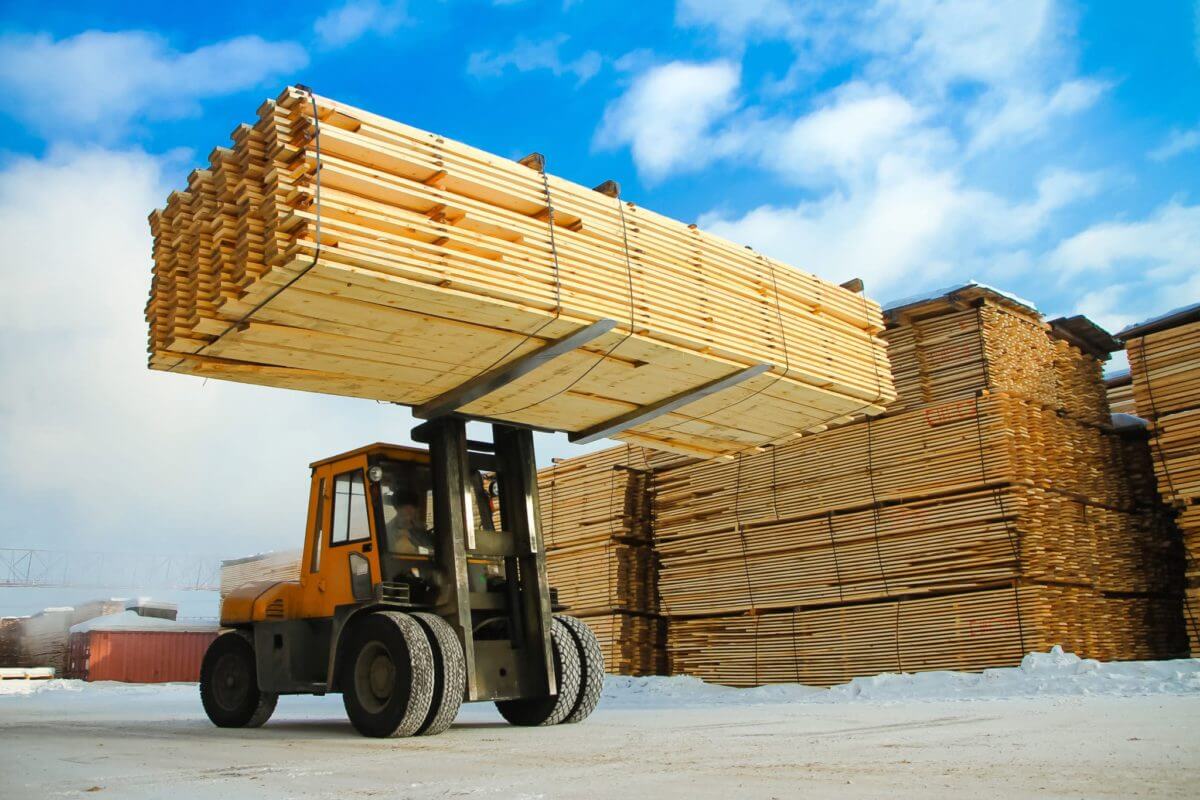
Lumber price fell by over 40% since its peak in May. Why?
The price of lumber has dropped by more than 40% since its peak in May. Notably, other commodities also witnessed falls. It suggests that some of the price surges that have alarmed lawmakers and investors this spring may fade with time as the economy returns to pre-pandemic levels.
COVID-19 pandemic contributed to a sharp rise in prices. Pandemic home renovation boom boosted demand for lumber. Meanwhile, prices were also boosted by supply constraints caused by pandemic production delays and a pine beetle infestation in some Canadian forests.
However, now the market seems to be returning to pre-COVID levels. Remarkably, Lumber futures for delivery in July were trading at $967 on Tuesday, compared to a top of $1,670.50 in May 2021 and $422.80 in February 2020.
Meanwhile, other commodities also sharply declined. Copper, corn, and soybean prices have started dropping.
Sherwood Lumber Chief Operating Officer Kyle Little announced that when you have over a 400% price move in about 15 months, the volatility involved with that will lead to price adjustments like we are undergoing now.
According to analysts from Bank of America, $34,000 added to the price of a new home over the past year.
Investors are waiting for any signs that the central bank plans to tighten policy
Price rises across industries have ignited a national debate about whether too much government stimulus spending and overly accommodative Fed policy will overheat the economy and cause lasting damage to the recovery.
Officials within the Biden Administration and the central bank have repeatedly indicated that a short-term spike in prices is to be anticipated as the economy recovers, and it will be transitory.
The Federal Reserve concludes its two-day meeting on June 16. Investors will be waiting for any signs that the central bank plans to tighten policy and withdraw some of its support for the economy. However, according to many experts, the Fed is likely to continue to hold the line on interest rates, which have been at near-zero levels since the onset of the pandemic.
According to Danielle DiMartino Booth, CEO and chief strategist of Dallas-based Quill Intelligence, transitory inflation is occurring in parts of the market, particularly commodities, as prices for corn, copper, and lumber are well off their peaks.
Still, housing inflation is a more complex issue for the Fed. That’s because the housing sector accounts for a much larger part of the economy than commodities. Booth states rental prices are expected to be the next inflationary victim and anticipates them to rise as large cities reopen.
-
Support
-
Platform
-
Spread
-
Trading Instrument




